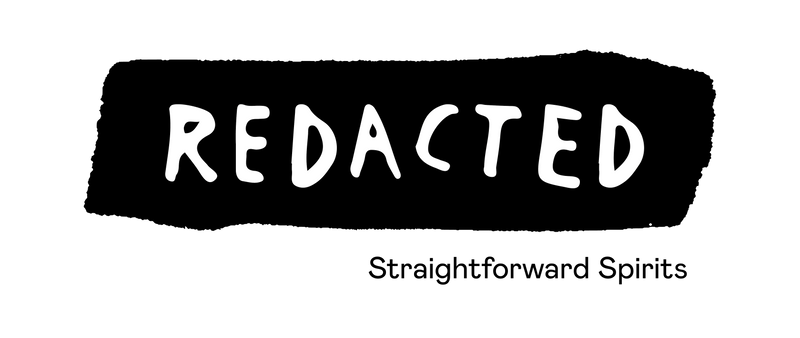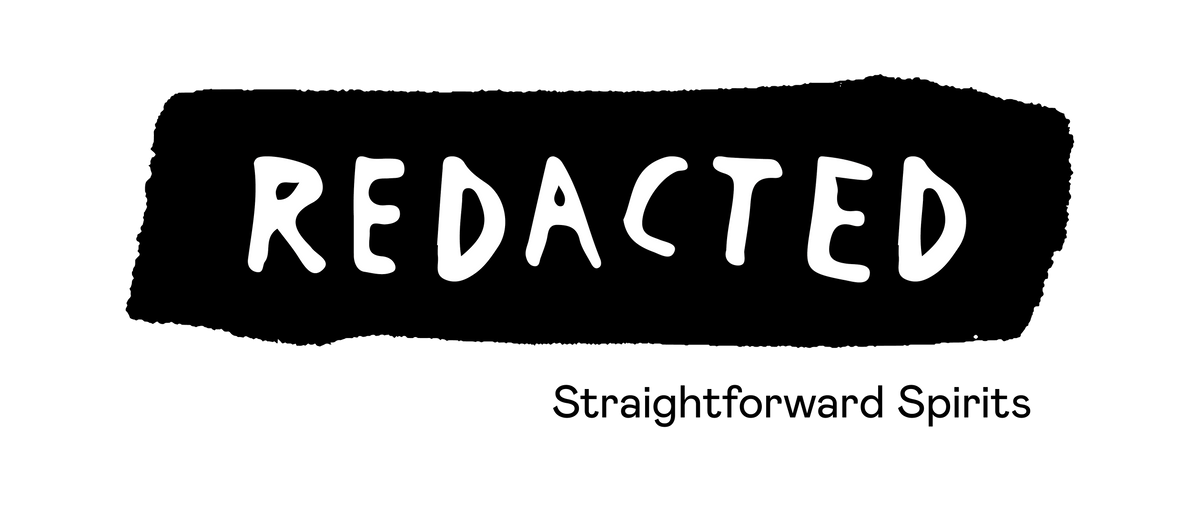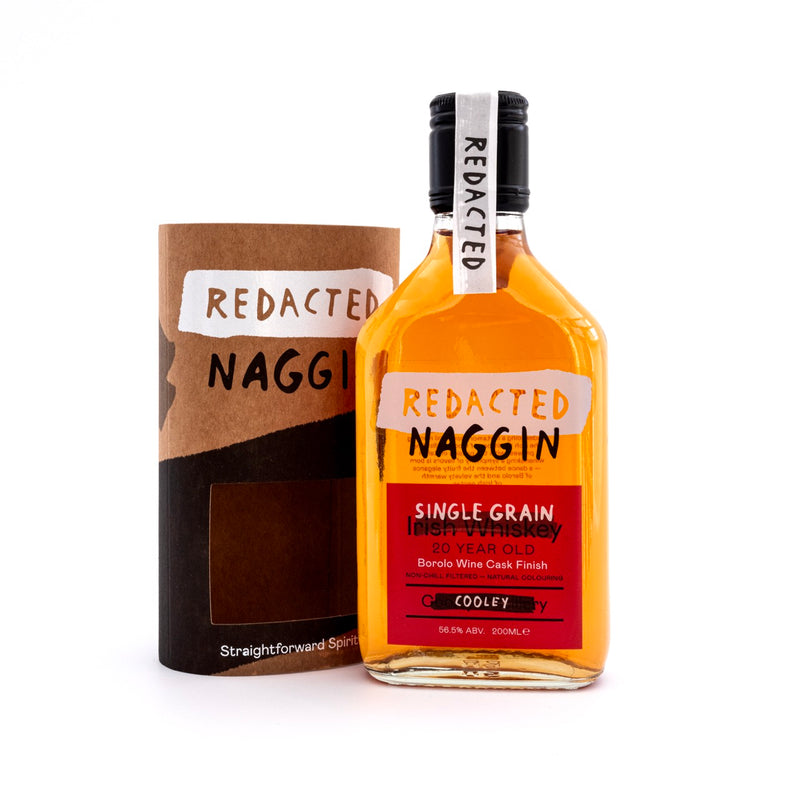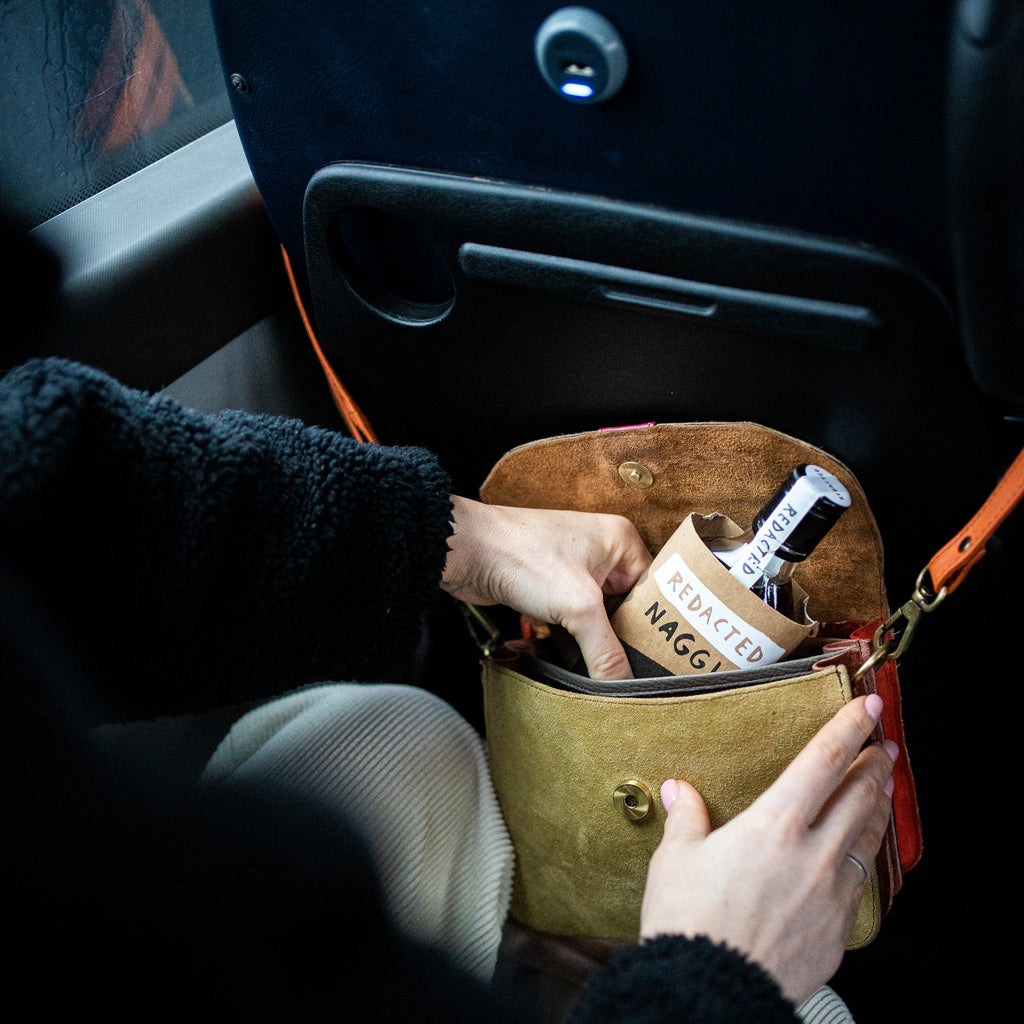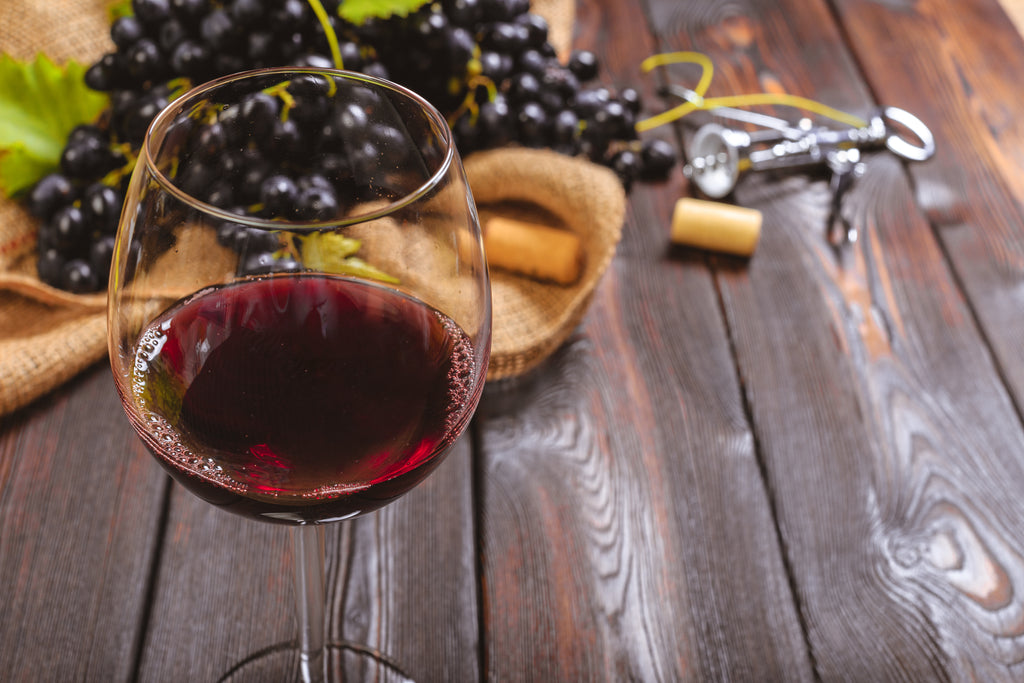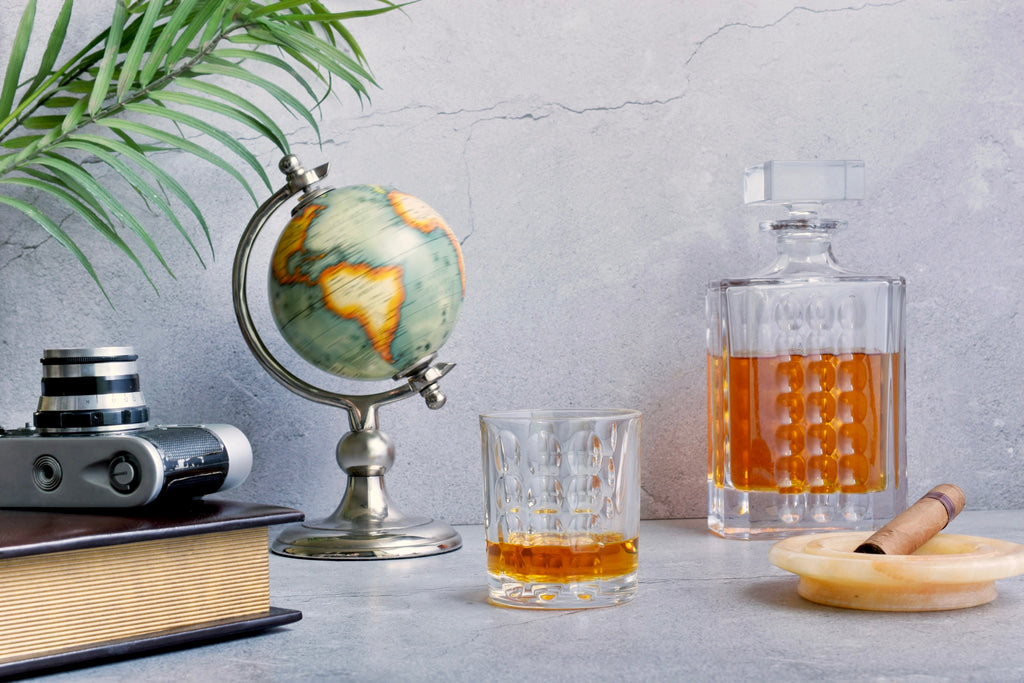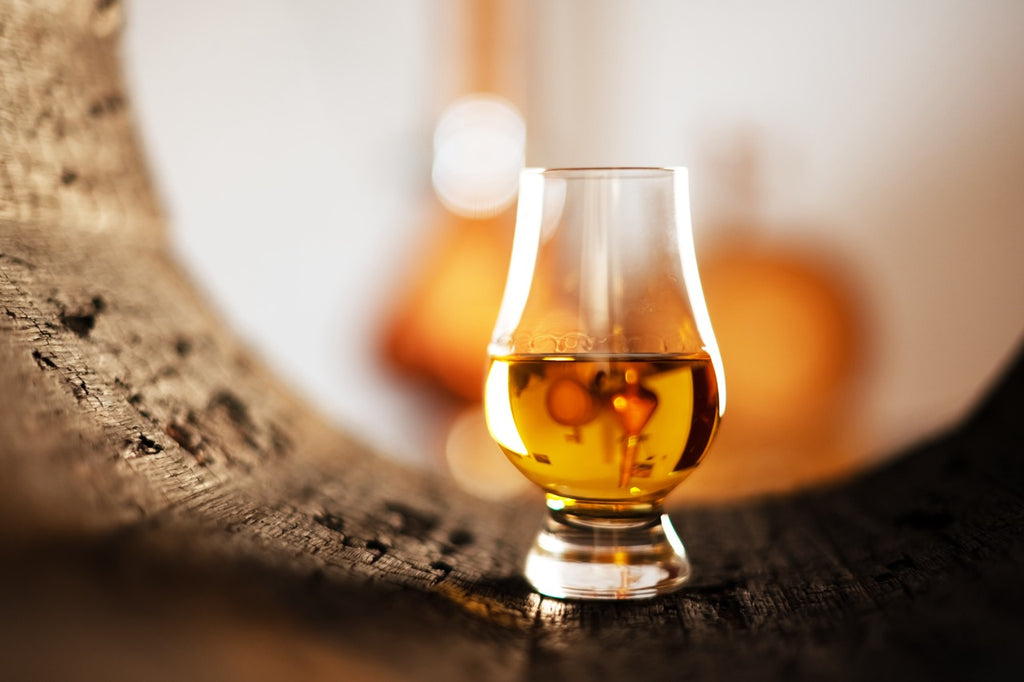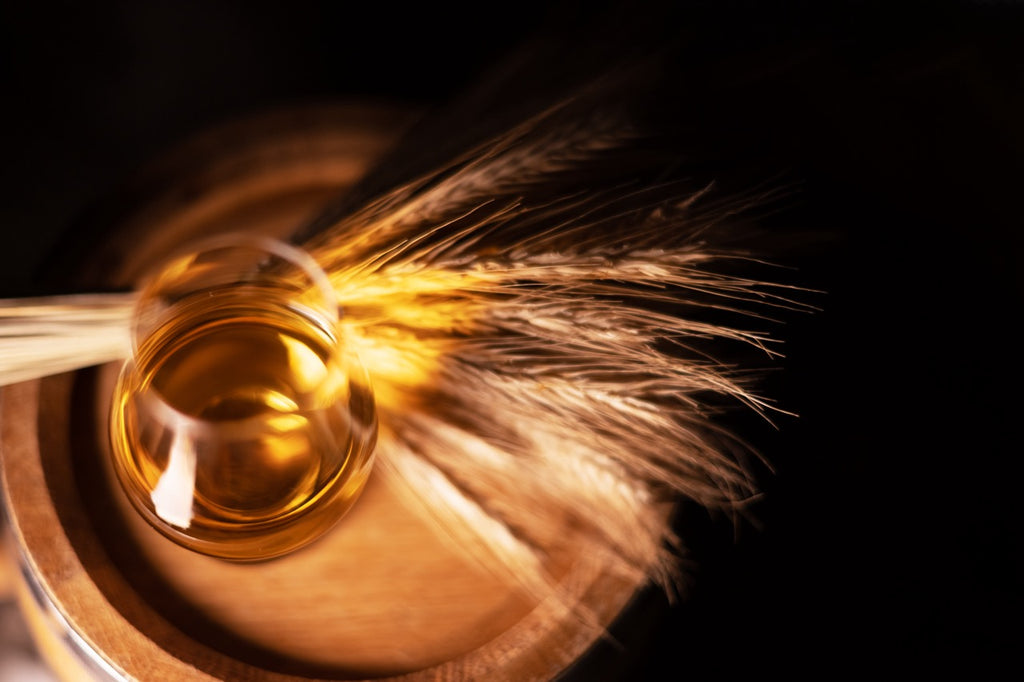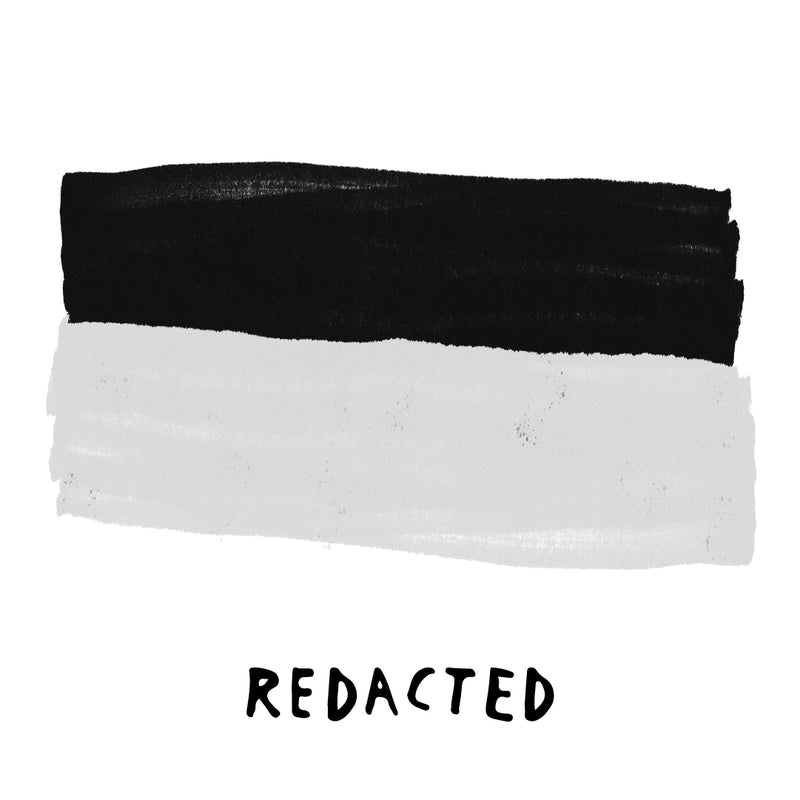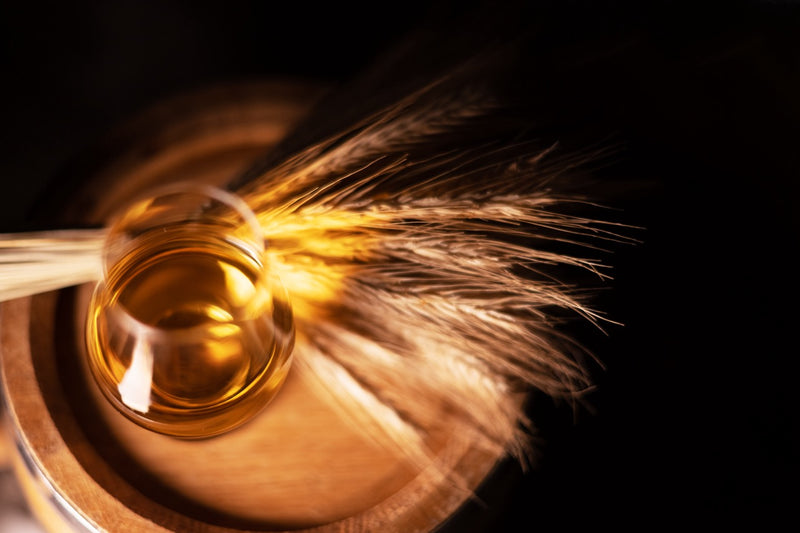
Irish whiskey production involves several steps, from fermentation to distillation and aging.
Here's a general overview:
Raw ingredient: As with all spirits it begins here and in the case of Irish whiskey they primarily use the grain, barley. Now there is some space in the Irish whiskey technical file that allows for other grains such as rye, oat and wheat etc. however as a whole barley is the raw ingredient.
Malting: Barley is soaked in water to allow it to germinate. This process converts the starches in the barley into fermentable sugars. Once germination begins, the barley is kilned, dried using hot air to stop the process.
Mashing: The dried malted barley is ground or milled into coarse powder called grist. The grist is mixed with hot water in a vessel called a mash tun. This mixture is stirred to extract the sugars, creating a sugary liquid known as wort.
Fermentation: The wort is transferred to fermentation vessels, usually made of wood or stainless steel. Yeast is added to the wort, which converts the sugars into alcohol, producing a liquid called wash. Fermentation times between brands can vary depending on the desired flavour they hope to achieve.
Distillation: The wash is then distilled in copper pot stills or column stills. Irish whiskey has been marketed a lot as triple distilled however double distillation is also popular in Ireland. The first distillation produces a low wine, the second distillation results in a spirit with a higher alcohol content, and the third distillation further refines the spirit.
Maturation: After distillation, the whiskey is transferred to wooden barrels (such as oak) for aging. These barrels are often charred or toasted on the inside, which imparts flavour and colour to the whiskey as it matures. Irish whiskey must be aged for a minimum of three years.
Blending (optional): Some Irish whiskeys are blended, meaning that they are a combination of whiskies from different distilleries or category styles (single pot still and single malt for example). Blending allows for consistency in flavour and quality across different bottlings.
Bottling: Once the whiskey has reached its desired level of maturity it is then bottled. During this stage whiskey can be diluted down to 'bottling strength' (the minimum strength is 40% ABV/ 80 Proof) however this may not always be the case as some will bottle as cask strength. Some brands will also add in spirit caramel E150A, which will change the colour of the whiskey - at Redacted we only bottle whiskey that has gotten its colour from the cask, we never add spirit caramel.
Each distillery may have its own specific methods and techniques which will change the final product in many different ways. Some argue which step is the most important and these arguments will continue long after we are gone.
These steps represent the general process of producing Irish whiskey.
